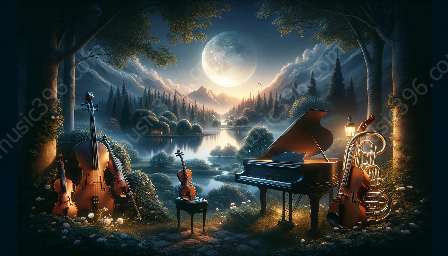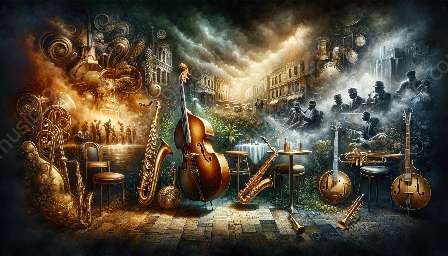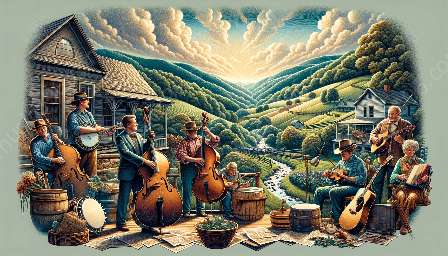The Renaissance era was a time of great change and innovation in music, which was reflected in the development of vocal music. During this period, vocal music was characterized by its rich and complex texture, secular and sacred themes, and distinct stylistic features. The history of music and Renaissance music era intertwine to create a fascinating journey through the evolution of vocal music.
Rich and Complex Texture
Renaissance vocal music was known for its rich and complex texture, which was achieved through the use of polyphony. Polyphony refers to the practice of combining multiple independent melodic lines to create harmonically rich compositions. This style of vocal writing allowed composers to explore intricate and contrapuntal textures, resulting in a sense of depth and complexity in their music.
Secular and Sacred Themes
Another characteristic of Renaissance vocal music was the exploration of both secular and sacred themes. Composers of the period wrote music for a wide range of occasions, including religious services, courtly entertainments, and private gatherings. Sacred vocal music, such as motets and masses, often featured religious texts and was performed in churches and cathedrals. On the other hand, secular vocal music encompassed genres like madrigals and chansons, which were set to secular poetry and reflected the humanistic ideals of the Renaissance.
Stylistic Features
Renaissance vocal music was defined by a number of stylistic features that distinguished it from earlier musical traditions. Composers of the period favored smooth and flowing melodic lines, often avoiding the angular and dissonant intervals found in medieval music. The use of word painting, a technique where the music reflects the meaning of the text, was also prevalent in Renaissance vocal music. Composers carefully matched musical gestures with the emotional content of the lyrics, creating a heightened sense of expression and storytelling in their compositions.
Conclusion
The characteristics of Renaissance vocal music reflect the rich and diverse musical landscape of the period. By understanding the historical context and stylistic features of Renaissance vocal music, we gain insight into the artistic achievements and innovations of this transformative era in music history.




































